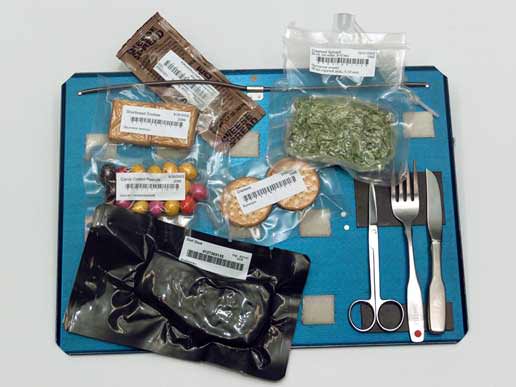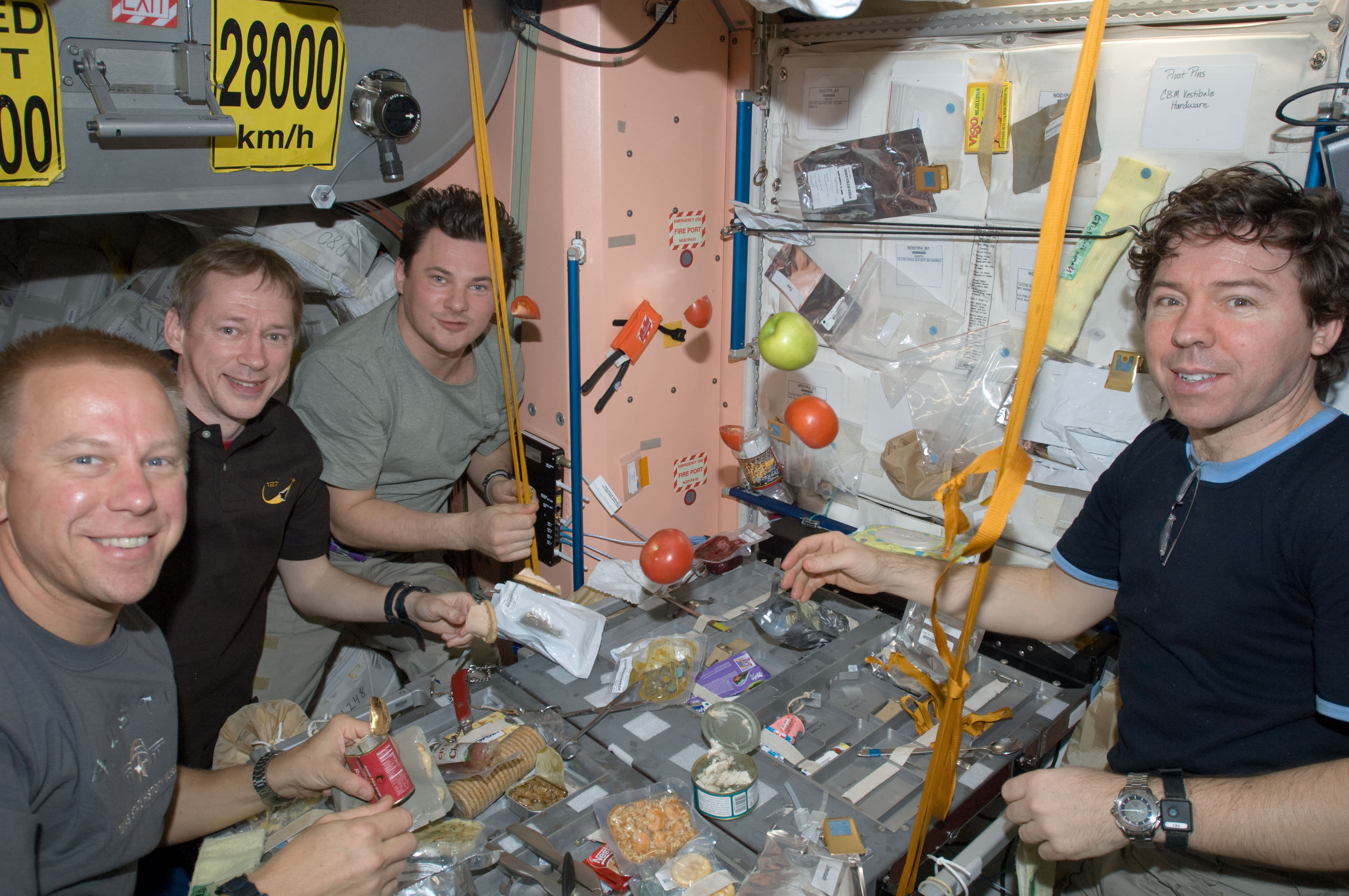[/caption]
If you’ve always dreamed of being an astronaut here’s the next best thing, and the location couldn’t be more idyllic. Scientists from Cornell and the University of Hawaii are conducting a 120-day Mars exploration analog study in a simulated Mars habitat on the lava fields of the Big Island of Hawai’i. The study will focus on the diets of six volunteers, who will be required to live and work like astronauts, including suiting up in space gear whenever they head outside of their habitat. But the emphasis will be for participants compare two types of foods: crew-cooked vs. pre-prepared, in order to avoid what has been termed “menu fatigue” over a long-duration mission. Applications are currently being taken for the job.
Jean Hunter, associate professor of biological and environmental engineering at Cornell and several colleagues have received a $947,000 NASA grant for the study, the Hawaii Space Exploration Analogue & Simulation, or HI-SEAS. Hunter said current astronauts on the International Space Station not only tire of eating foods they normally enjoy but also tend to eat less, which can put them at risk for nutritional deficiency, loss of bone and muscle mass, and reduced physical capabilities. Plus, all foods decline in nutritional quality over time, and only a few of the many available astronaut foods have the three-to-five-year shelf life required for a Mars mission.

So, the participants will also help determine how being on a landed mission on Mars would make different ways of cooking — and perhaps gardening — possible, which would give the astronauts more food variety and relieve menu fatigue.
So, the study will help determine the palatability of ‘instant’ foods and food prepared by the crew from shelf stable ingredients, and determine whether food acceptability changes over time. It will also help estimate use of crew time, power, and water for meal preparation and cleanup, for both instant and crew-cooked foods and determine if crewmembers’ taste and smelling acuity change over time.
Participants chosen will need to attend a workshop and two-week training mission. Round trip travel, food and lodging expenses are provided. The crew will receive $5,000 as compensation. The researchers said the qualifications for people applying for the study are similar to those required by NASA for their astronaut applicants.
Hurry, as the deadline is 11:59pm Hawaii time on February 29th, 2012. You can find more information and the application form at the HI-SEAS website. You can also check out their Facebook page.
Good luck (Pomaika`i)!


Is this really the most effective use of scarce NASA funds? Couldn’t they just send the augmented menu directly to the ISS and ask/study actual astronauts?
Is this really the most effective use of a comment? Couldn’t he just trust that NASA is better qualified to determine how their funds should be best allocated?
Considering the decades that will pass before David Krauss is educated enough to have a qualified opinion on this matter should he choose to embark on related scientific studies today, and the complexities involved in long term research towards a successful mission to another planet and back, does his speculations really have any relevance?
Won’t a question to which the answer is clearly “no” add any credibility to this post?
Come on, it’s a little upsetting to hear about cuts to planetary exploration and then a million bucks on menu development, where it appears that the expensive part is a specially built habitat and running a dedicated program for 120 days.
Yep, checked the website, these people won’t be doing anything except taste-testing for *four months*. That alone makes them poor analogues to astronauts who are probably a little busy with other things. There goes social science validity.
And it looks like the facility is being built just for this study, despite a permanent one already in Utah. This is a perfect example of a NASA boondoggle.
If you have anything better than “just trust Uncle Sam,” I’d like to hear it.